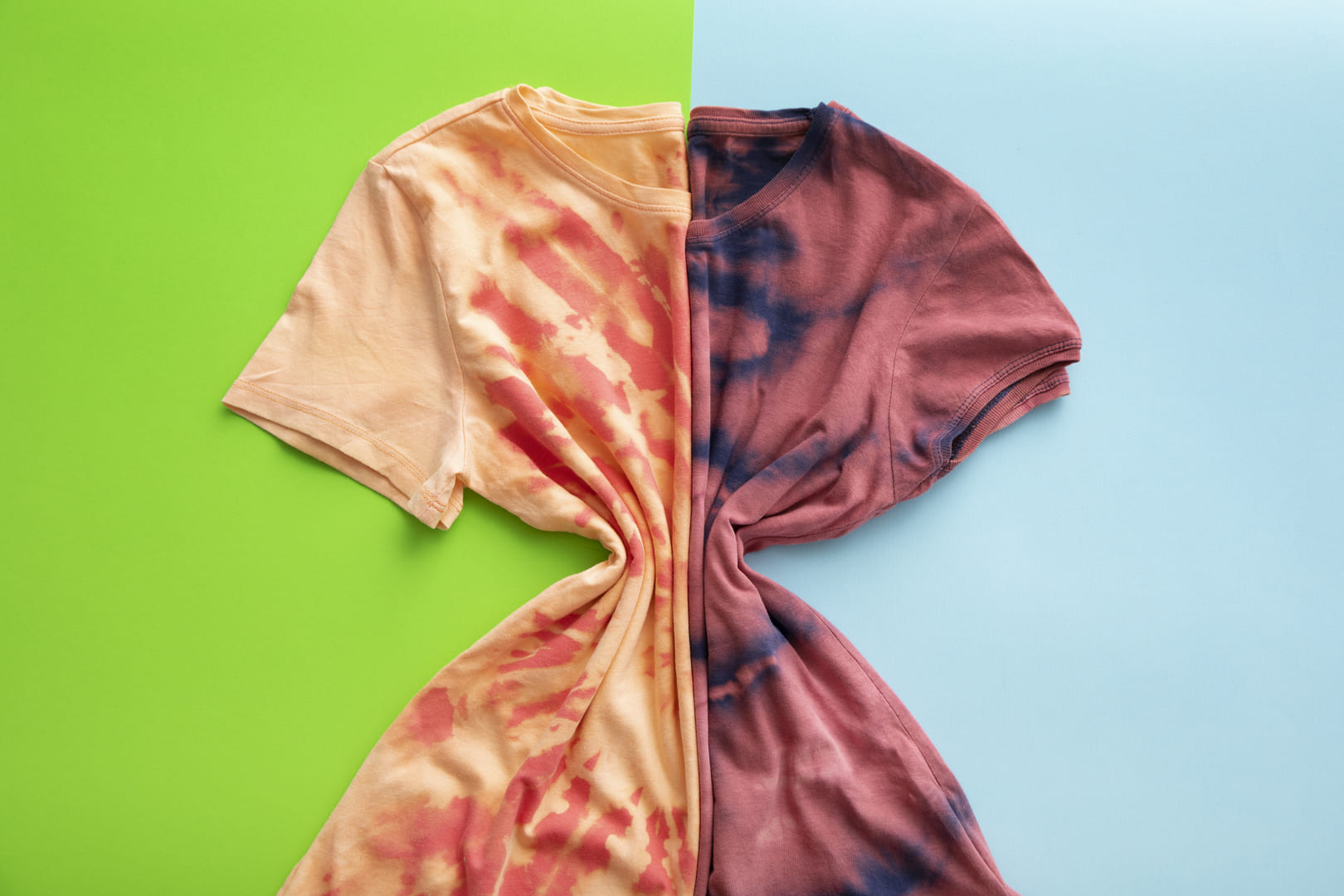
5 Effective Methods to Remove Oil Stains from Clothes at Home
Oil stains on clothes are one of the most common and frustrating problems for anyone working with second-hand garments or in the resale business. Oil sticks tightly to fabric fibers and seems impossible to remove.
The good news is that there are highly effective home methods to remove oil stains from clothes without needing expensive products.
As vintage wholesale suppliers, we’ll share five proven techniques that we’ve personally tested and that really work.
Why Oil Stains Are So Difficult to Remove
Before applying any treatment, it’s important to understand why oil stains on clothes are so hard to eliminate. If we understand how they work, we can treat them correctly and prevent permanent damage.
How Oil Penetrates Fabric Fibers
When oil drops onto clothing, it quickly penetrates the fabric fibers and creates a layer that repels water.
That’s why simply putting the garment in the washing machine without treating the stain first usually doesn’t work.
Oil requires a product that can break it down or absorb it before washing.
Why It’s Important to Act Quickly to Remove Oil Stains from Clothes
The longer we wait after the oil lands on the fabric, the harder it will be to remove the stain.
If we let the oil dry and settle, the fibers will absorb it as if it were part of the fabric.
That’s why we always recommend acting as quickly as possible, even before the stain fully dries.
If we apply one of the methods below within the first few hours, the chances of saving the garment increase significantly.
The 5 Most Effective Methods to Remove Oil Stains from Clothes
Oil stains on clothes can seem impossible to remove, but if we apply the right treatment, we can recover the garment.
Here are the five methods we use and recommend.
Apply Dishwashing Detergent Directly on the Stain
Dishwashing detergent is great because it’s designed to cut through grease and oils.
Steps:
-
Apply a few drops directly to the oil stain on the fabric.
-
Gently rub with fingers or a small brush.
-
Let it sit for at least 15 minutes.
-
Wash the garment as usual.
This method works best if we apply it immediately after the stain occurs.
Use Baking Soda to Absorb the Oil
Baking soda is perfect for absorbing excess oil and breaking down greasy residues.
Steps:
-
Sprinkle a generous amount of baking soda on the stain.
-
Let it sit for 30 minutes to fully absorb the oil.
-
Brush off the baking soda with a soft brush.
-
Wash the garment as usual.
This method works especially well on delicate clothing or when we want to avoid harsh chemicals.
Remove the Stain with Talcum Powder and a Soft Brush
Talcum powder works similarly to baking soda and is highly effective for fresh oil stains.
Steps:
-
Cover the stain with a thick layer of talcum powder.
-
Let it absorb the oil for at least 1 hour.
-
Gently brush off the remaining powder.
-
Wash the garment normally.
This method is ideal for light-colored clothing and delicate fabrics.
Use White Vinegar to Loosen the Oil
White vinegar helps dissolve grease and oil residues.
Steps:
-
Mix warm water with a little white vinegar.
-
Apply the mixture directly to the stain.
-
Gently scrub with a soft brush and let it sit for a few minutes.
-
Wash the garment as usual.
This trick is especially useful for everyday clothes and stubborn stains.
Remove the Stain with Cleaning Alcohol
Cleaning alcohol works well for dried or tough oil stains.
Steps:
-
Apply a little alcohol directly to the stain.
-
Rub gently with a clean cloth or small brush.
-
Let it sit for 10-15 minutes.
-
Wash the garment as usual.
We recommend testing this method on an inconspicuous area first to ensure the fabric can handle it.
Practical Tips to Avoid Damaging Clothes When Removing Stains
When trying to remove oil stains from clothes, it’s essential to be careful not to damage the garments.
If we follow these tips, we can clean effectively without harming the fabric.
Always Check the Washing Label
Before using any product, we must always read the garment’s washing label.
It tells us:
-
The maximum temperature allowed.
-
Whether the garment can be washed by hand or in the machine.
-
Whether it tolerates products like vinegar, alcohol, or strong detergents.
Following these instructions helps prevent shrinking, fading, or damaging the clothes.
Test on a Hidden Area First
Before using vinegar, alcohol, or detergents, we should always test the product on a less visible part of the garment, like an inner seam.
This helps us confirm:
-
That the fabric can handle the treatment.
-
That the color won’t fade.
-
That the texture remains intact.
This small step gives us peace of mind before treating the visible stain.
Avoid Using Hot Water on Delicate Fabrics
On delicate fabrics like silk, linen, or synthetics, hot water can set the stain and damage the fibers.
In these cases, we recommend:
-
Using cold or lukewarm water.
-
Gently scrubbing the fabric.
-
Choosing natural products like baking soda or talcum powder.
If we pay attention to these details, we can remove the stain without compromising the garment’s quality.
Oil stains on clothes may seem like a nightmare, but with the right methods and a bit of patience, we can save many garments.
From our experience, the home methods we’ve shared really work if we act quickly and carefully.
If we know how to treat each stain and use the right products, we can extend the life of the clothes and keep them in perfect condition for resale.
Do you want more tips to care for your clothes and maximize your profits? Contact us! We’ll help you choose high-quality second-hand clothing and teach you how to keep your stock in top condition.
Caring for clothes is caring for your business. Start today!

Leave a comment